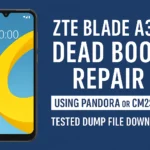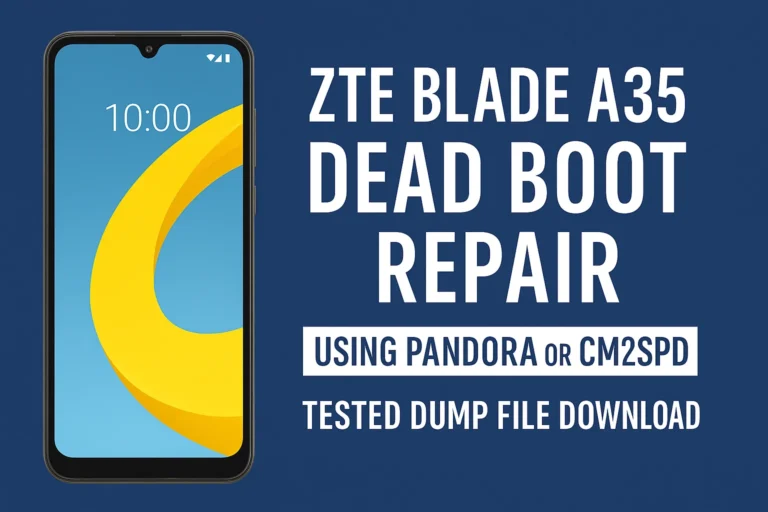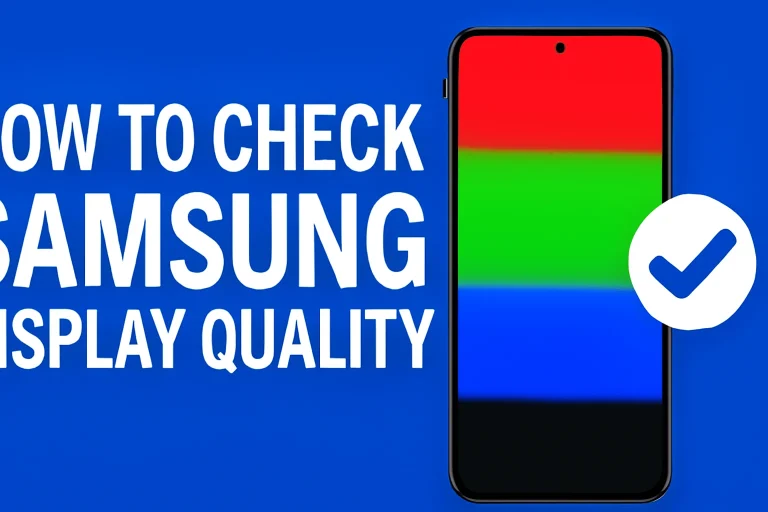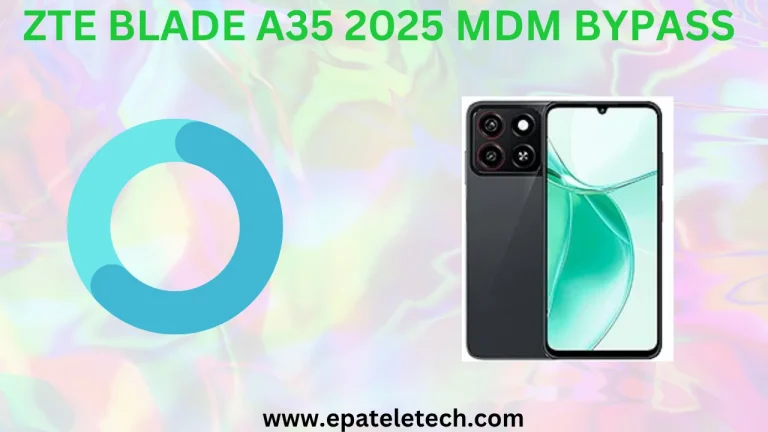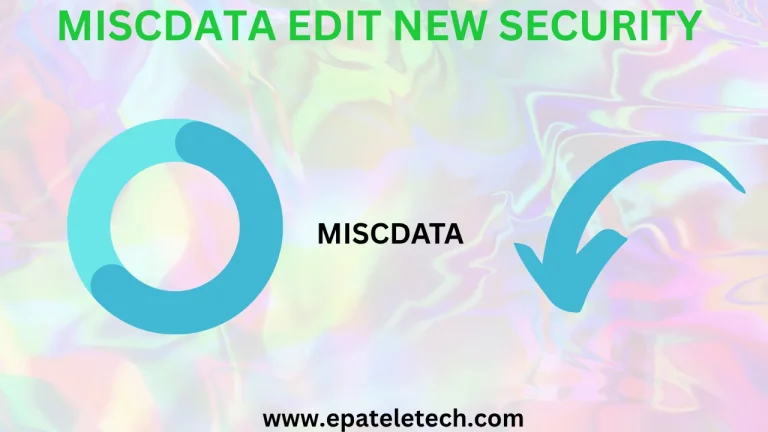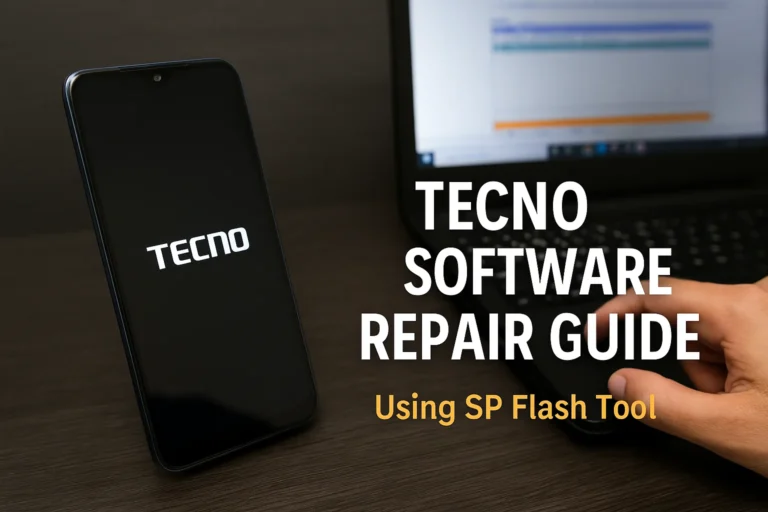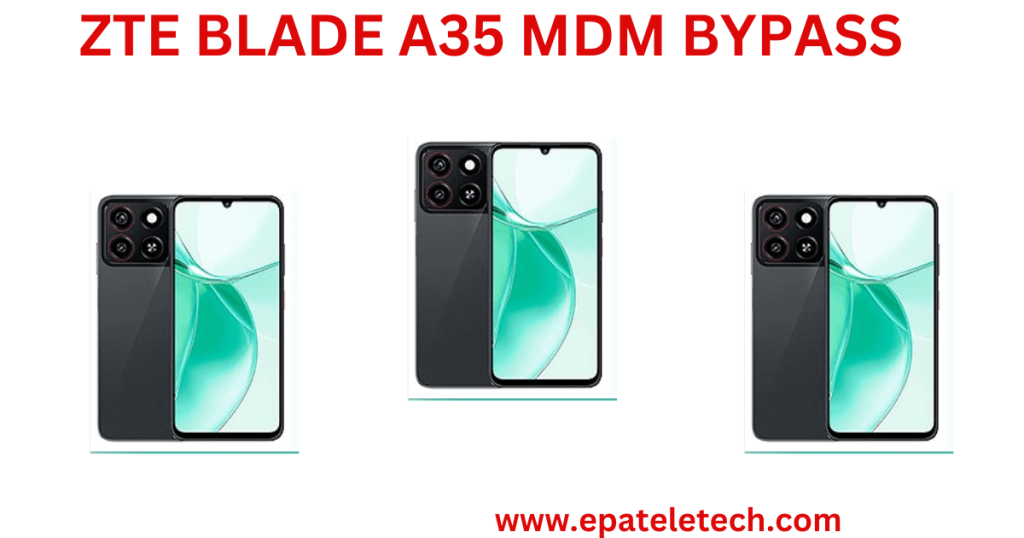
PHONE DESCRIPTION
The ZTE Blade A35 is a budget-friendly smartphone introduced in October 2024, designed to cater to essential mobile needs without compromising on key features.
Display and Design
It boasts a 6.75-inch IPS LCD display with a resolution of 720 x 1600 pixels, offering a 20:9 aspect ratio and a 90Hz refresh rate for smoother visuals. The device measures 167.7 x 77.4 x 8.5 mm, providing a comfortable grip and modern aesthetic.
Performance
Under the hood, the Blade A35 is powered by the Unisoc SC9863A1 chipset, featuring an octa-core processor with four Cortex-A55 cores clocked at 1.6 GHz and four at 1.2 GHz. This setup ensures stable and reliable performance for daily tasks. The device comes in two RAM variants—2 GB and 4 GB—both paired with 64 GB of internal storage, expandable via a dedicated microSDXC slot.
Camera
For photography, the Blade A35 is equipped with a single 8 MP rear camera with autofocus and LED flash, capable of recording 1080p videos at 30fps. The front houses a 2 MP selfie camera, interpolated to 5 MP, suitable for basic selfie needs.
Battery and Connectivity
A significant highlight is its 5000 mAh battery, ensuring extended usage on a single charge. Connectivity options include Wi-Fi 802.11 b/g/n, Bluetooth 5.2, GPS with GALILEO and GLONASS support, FM radio, and a USB Type-C 2.0 port. The device also retains a 3.5mm headphone jack.
Software
The smartphone runs on Android 14 (Go edition), providing a streamlined experience optimized for devices with entry-level hardware.
Additional Features
The Blade A35 supports dual Nano-SIM cards and offers expandable storage via a microSDXC slot. It is available in two color options: Starry Black and Clover Green.
In summary, the ZTE Blade A35 is tailored for users seeking an affordable smartphone with essential features, reliable performance, and long-lasting battery life.
MDM (Mobile Device Management) is a technology used by businesses and organizations to remotely manage, monitor, and secure mobile devices such as smartphones, tablets, and laptops. It ensures that company-owned and employee-owned devices comply with security policies and corporate requirements.
Key Features of MDM:
- Device Enrollment: Allows IT administrators to enroll devices into the management system.
- Security Enforcement: Enforces security policies such as password protection, encryption, and remote wipe.
- App Management: Controls which apps can be installed, updated, or removed from devices.
- Remote Management: Provides the ability to track, lock, or wipe devices in case of loss or theft.
- Compliance Monitoring: Ensures devices adhere to corporate policies and regulatory requirements.
- Content Management: Controls access to corporate files and data.
- Geofencing & Location Tracking: Restricts device usage based on location and tracks device movements.
Popular MDM Solutions:
- Microsoft Intune
- VMware Workspace ONE
- IBM MaaS360
- MobileIron
- Cisco Meraki
Benefits of MDM:
- Enhanced Security: Protects corporate data from unauthorized access.
- Improved Productivity: Ensures employees have the right tools and apps.
- Cost Savings: Reduces the risk of data breaches and device misuse.
- Remote Troubleshooting: IT teams can resolve issues without physical access.
MDM is commonly used in industries such as healthcare, finance, education, and retail, where managing mobile devices securely is essential.
HOW TO BYPASS
- FORMAT AND FACTORY [WITH CM2 SP3 OR OTHER]
- ENABLE USB DEBUGGING [ SCAN QR CODE] INCLUDED ON FOLDER
- RUN MY TOOL
DONE
